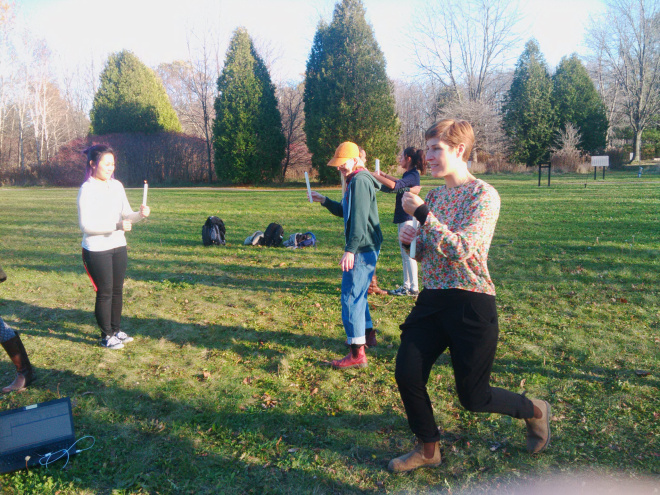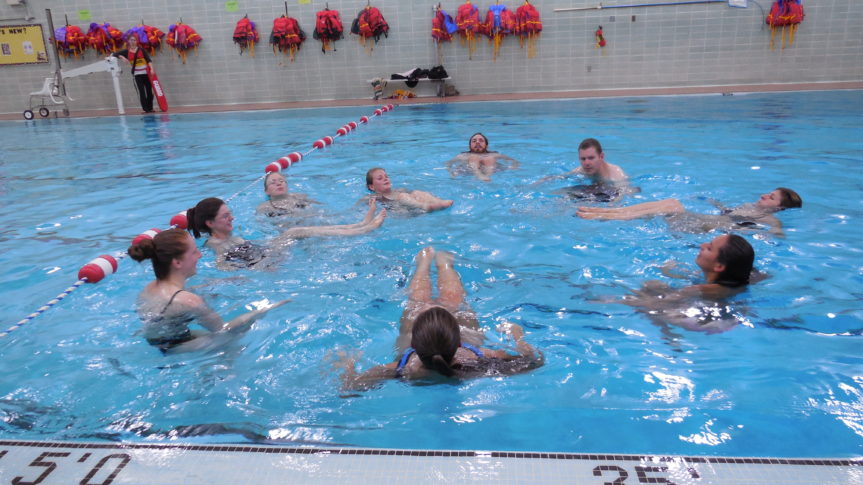The word “waltz” is originally derived from the German word “waltzen” which means to roll, turn or glide and has been traced back to a dance that began in the suburbs of Vienna, and in the alpine region of Austria, following the simplest of yodeling melodies. The official waltz has a rather scandalous history, despite the beautiful image that most people have in their head when they hear the word “waltz”; prior to the 18th-19th century, people hated the waltz. Dance teachers felt that it threatened their lessons since the waltz had more basic steps that were easy to learn while the other court approved dances (such as the minuet) required an essential amount of practice to develop the complex figures, steps and posture. The church didn’t approve of it because they found it vulgar and sinful because rather than basically staying an arms length apart, dancers were now in a close hold, facing each other and being all up in one another’s business. High society commentators were also on the list of people who didn’t appreciate this dance, stating in an editorial following a ball hosted by a Prince;
“We remarked with pain that the indecent, foreign dance called the waltz was introduced at the English court on Friday last…this obscene display was confined to prostitutes and adulteresses but now that it’s attempted to be forced on the respectable classes of society by the civil examples of their superiors, we feel it a duty to warn every parent against his daughters to so fatal a contagion.”
There were crowds that were quick to pick up the waltz, the bourgeoisie being one of them. They picked it up immediately after the french revolution, since they had nearly 700 dance halls at their disposal, and people were starting to hear about it in North America, where it was reported to have been performed for the first time in Boston in 1834 (it was still received quite negatively though as the indecorous dance).
The waltz’s popularity is perhaps mostly owed to the composers Franz Lanner and Johann Strauss, who were the biggest composers during the 19th century. They, particularly Strauss, composed some of the most well-known waltzing music, still used today, and set the standard for the Viennese Waltz (which is faster than the typical slow waltz). By the 1900s the waltz had become accepted by members of high society and thus we have the glittering image of what the waltz is.
Waltzes tend to have romantic names, usually having something to do with nature; “Voices of Spring”, “Waltz of the Flowers”, “Tales from the Vienna Woods” and so on. They’re done in 3/4 time, with a strong accent on the first beat and has a basic pattern on “step-step-close,” or the box step. It’s done in a ballroom hold where the girl’s-part partner places her hand on the guy’s-part partner’s right shoulder, while the guy’s-part partner places their hand underneath the girl’s left shoulder. The ballroom hold helps with posture by keeping your back straighter and shoulders down, and by keeping/pressing your shoulders down your chest comes out and you get that slight arc that you see the girl partners do. Smiling is also important, Always smile 😀

When first learning the waltz it helps to count it out, out loud. In the waltz there’s also a rise and fall action taking place due to bending and straightening your knees. You go down in your knees on the first step, and rise for the following two. Look at everyone box-stepping and waltzing away!
Candles were used by some dance teachers in the early stages of the waltz’s high society based life in order to measure the smoothness of the student’s dance. It’s supposed to be so elegant and smooth that the flame will not be extinguished in the hands of the dancer.
They do waltzes in skating as well, 7 in total. The steps are obviously different then the ones you do when you’re standing but some of them share the same name, and the strict attention to posture is very present as well. One of the is the Viennese Waltz. I think it would be pretty hard to keep a candle lit during this.














You must be logged in to post a comment.